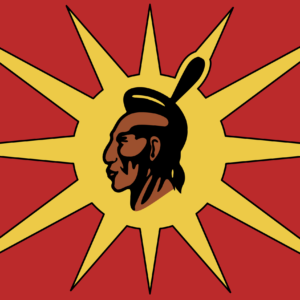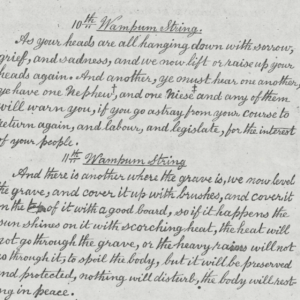
Standing up for the Earth is a dangerous devotion.
Indigenous people of North America know this well and there are many examples of it throughout North American history, at present and in recent time.
But this danger hasn’t just been experienced by indigenous people, it has been globally proven.
A devastating tally released in July counts 164 environmentalists killed for their efforts in 2018 and that number is probably an underestimation. This flattened out to three deaths each week for the time looked at while even more activists were silenced through arrests, death threats, lawsuits or violent attacks.
The annual report from international NGO (nonprofit organization that operates independently of any government, typically one whose purpose is to address a social or political issue) Global Witness tracked the murders and “enforced disappearances” of activists around the world. These activists were working to protect ecosystems, preserve natural resources being depleted by mining, agriculture and other huge and destructive industries, and defend the rights of indigenous people to their native lands.
In addition to gathering data on murders, attacks on and intimidation of environmental defenders, the 2019 Global Witness report highlighted the insidious ways large corporations and governments around the world are complicit in the rampant violence and harassment.
But environmental activism wouldn’t be found around the world if environmental devastation didn’t exist around the world.
Taking a look at the Amazon rainforest, which was set ablaze for three weeks prior to informing any North American media outlet, an Amazon tribe won a lawsuit against oil companies back in May.
The Amazon is the most biodiverse place on Earth, making its preservation a matter of slowing down plant and animal extinctions.
To put into perspective, not just the Waorani, but hundreds of thousands of indigenous people in more than 400 tribes also live in the Amazon, and rely on the rainforest to support their lives and preserve their cultures.
The Amazon Rainforest is well known across the world for being the largest and most dense area of woodland. Spanning across nine countries, the Amazon is home to millions of different animal and plant species, as well as harbouring some for the world’s last remaining indigenous groups. The Waorani people of Pastaza are an indigenous tribe from the Ecuadorian Amazon and have lived in the Rainforest for many generations. The Rainforest also produces 20 per cent of the planets fresh oxygen.
And after their long legal battle with a number of organizations, the Waorani people successfully protected half a million acres of their ancestral territory for a short time.
“The government tried to sell our lands to the oil companies without our permission. Our rainforest is our life. We decide what happens in our lands. We will never sell our rainforest to the oil companies. Today, the courts recognized that the Waorani people, and all indigenous peoples have rights over our territories that must be respected. The government’s interests in oil is not more valuable than our rights, our forests, our lives,” remarked Nemonte Nenquimo, president of the Waorani Pastaza Organization and plaintiff in the lawsuit.
But by August 21, North American media outlets released that the rainforest was intentionally being set on fire. There are so many fires burning right now that the smoke is visible from space.
With the rainforest burning at this unprecedented rate, the fires haven’t started themselves. Rather, after a video was released of an Amazonian woman saying the fires are intentional, there is belief that the fires are being set by people in an attempt to clear land for cattle ranching, despite the verdicts in lawsuits.
As Brazilian president Jair Bolsonaro has expressed disdain for conserving the rainforest, his support for industrial growth has reportedly encouraged ranchers and other developers to move more brazenly into undeveloped forest land—much of which is indigenous territory. This means that the whole area around the Amazon has been highly volatile with loggers and farmers, which he has lit a fire under.
While as of last Thursday, Bolsonaro also claimed his government “lacks the resources” to fight the blaze, but many environmental groups are now blaming him directly for the high level of devastation. It was also revealed through leaked documents last week that Brazil’s controversial far-right president actively and surely wants to devastate the rainforest — he may have also had a hand in ensuring that the rest of the world didn’t know about the fires for three weeks.
He reportedly rejected the G7’s $20 million aid package as the fires continue, and without providing evidence, suggested the fires were set by nongovernmental organizations in retaliation to funding cuts, which he later denied.
Last Friday, there were 2500 fires, and all were attributed to humans.






